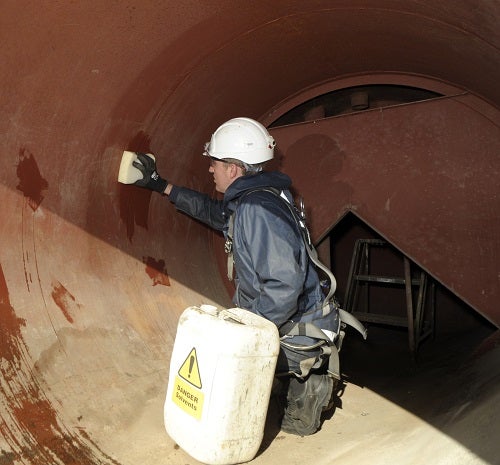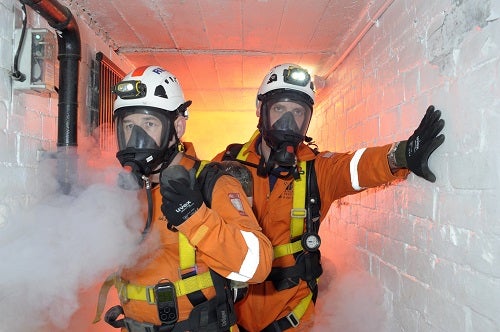What is a specified risk?
A specified risk in an enclosed space can be one of the following:
-
Injury caused by fire or explosion
-
Loss of consciousness caused by an increase in body temperature
-
Loss of consciousness or asphyxiation caused by gas, fume, vapour or lack of oxygen
-
Drowning from an increase in the level of liquid
-
Asphyxiation caused by a free flowing solid or the inability to reach safety due to entrapment by a free flowing solid
If you have an enclosed space with a specified risk, you must meet the requirements of the Confined Space Regulations 1997. It should be noted that the specified risk may not be indigenous – it may occur as a result of the work being completed in a space, such as cutting, welding, grinding and spray painting to name but a few.
Danger in confined spaces
Sadly, people are still being killed or seriously injured in confined spaces in a wide range of industries – from those with an obvious risk, to apparently very simple entries where the risk is not fully understood. Casualties include not only those working in the confined space, but also those who attempt to rescue without the proper training and equipment.
It is not acceptable to rely solely on the emergency services to attend site should a confined space incident occur. The regulations stipulate that employers must have an adequate emergency plan in place prior to entry.
Can a person work safely in a confined space?
Yes, but is important the correct preparations are made. If a person must enter a confined space – a safe system of work which identified the risks and control measures must be created.
A safe system of work includes (as a minimum) a risk assessment and a method of work. It may be necessary to employ the use of a permit to work system. The purpose of this is to ensure the work can be undertaken safely and with no, or acceptable, risk to health.
The importance of confined space training
Competencies of entrants must be established prior to entry, as confined spaces can quickly change from a relatively low risk environment to one that is deemed to be high risk. Specific training concerns can be addressed if the correct level of confined space has been identified.
A competent entrant may understand the issues surrounding the confined space to which they have been trained and be more alert to the onset of a dangerous situation occurring. The correct level of training can only be provided therefore if the manager has accurately categorised the confined space.
Dependent on the type of industry, the confined space may have been identified as per the water industry requirements – as an NC1 to NCX classification. However, many other industries prefer to use a more common approach – low, medium or high-risk categories.
Confined space consultancy
We have worked in high-risk environments, providing confined space consultancy and rescue services across a vast selection of industries, including mining, marine, oil and gas, nuclear and construction, for over 120 years.
Our specialist teams have a wealth of experience and knowledge and can help you understand your confined spaces and the risks present. They often suggest a visit to your site to understand your specific circumstances and spaces and then can audit the spaces to determine whether they are low, medium or high risk, as defined by the Confined Space regulations. We can then develop a plan to help you manage those spaces and if required, and assist in the completion of risk assessments, method statements, permits to work and rescue plans. We can also provide industrial rescue team who can be on hand to enact a successful rescue during any emergency.






